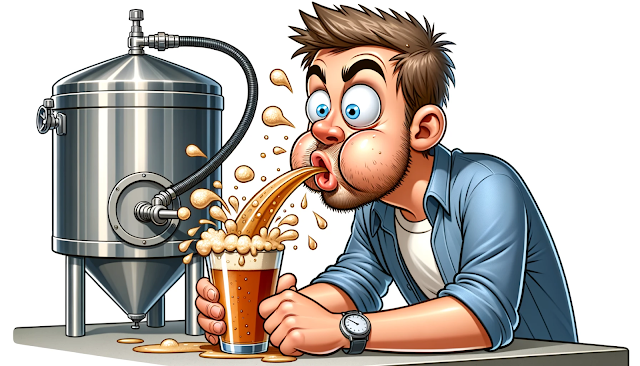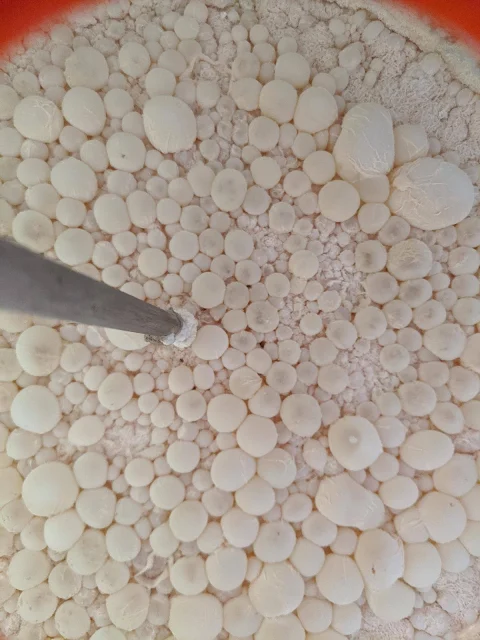The Dynamics of Yeast Behavior
Yeast's role in brewing is pivotal, as it is the agent responsible for fermentation, converting the fermentable sugars in the wort into alcohol and carbon dioxide. While it's common for dead yeast to settle at the bottom, creating a layer known as 'trub,' live yeast can behave differently. Post pitching, or the process of adding yeast to the wort, the yeast cells may clump and rise to the surface.
This clustering is often a benign byproduct of the yeast beginning its fermentative activity.
The Natural Course of Fermentation
Experienced brewers will attest that these floating clusters are generally not a cause for concern. Over time, these clumps diminish as the yeast engages in fermentation. This process can be observed over several days, where the yeast rafts gradually disperse, indicating that the yeast is active and fermentation is proceeding as expected.
Differentiating Between Yeast Rafts and Infections
It is essential to distinguish between yeast rafts and potential beer infections. The sensory cues of smell and taste are invaluable here. A healthy fermenting wort may carry a range of odors, some of which are byproducts of yeast metabolism, but none should resemble the odor of rotten eggs—a telltale sign of contamination.
Similarly, the taste profile of an infected batch can be markedly unpleasant, often warranting the disposal of the entire batch.
Visual Signs of Infection
Visually, an infected wort may exhibit a white film or flakes post-Krausen, the foamy head that forms during the early stages of fermentation. These films, known as pellicles, are often the result of bacterial or wild yeast infiltration. While they can appear alarming, not all pellicles indicate spoilage.
Some may be benign, and the beer beneath can be racked—transferred to another container—to separate it from the pellicle before bottling.
Preventative Measures and Sanitation Practices
The occurrence of pellicles can also underscore the imperative of rigorous sanitation practices in brewing. Maintaining cleanliness and proper sanitation of all brewing equipment is crucial in preventing infections. It is a constant reminder that while yeast traps are a natural part of fermentation, vigilance against contamination is a cornerstone of successful brewing.
Conclusion
The appearance of yeast traps in homebrewing is a natural and often innocuous part of the beer fermentation process. While they require monitoring, they typically resolve without intervention. Conversely, potential infections demand a brewer's keen senses and swift action to prevent spoilage. The distinction between these scenarios lies at the heart of brewing—where the interplay of science, art, and a bit of patience can lead to the delightful outcome of a well-crafted beer.








